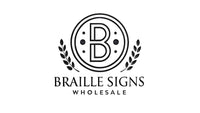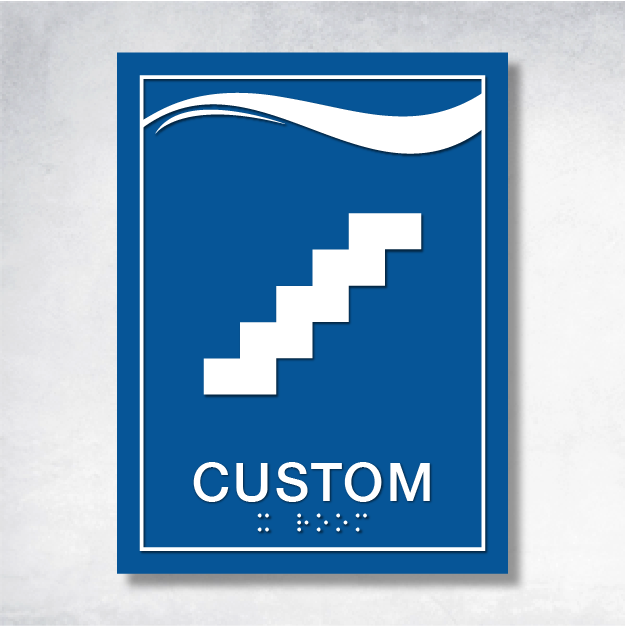Picture yourself in a bustling city square, surrounded by a sea of people, yet feeling lost because the signs are just a blur. Frustrating, isn’t it? This is where ADA-compliant wayfinding signs come into play, transforming chaos into clarity. Let's delve into why these signs are not just a legal checkbox but a vital part of creating an inclusive environment.
The Art of ADA Compliance in Signage
The Americans with Disabilities Act (ADA) is more than just a set of rules; it's a commitment to accessibility. It requires businesses to provide signage that everyone can understand, featuring tactile characters, Braille, and high-contrast lettering. These ADA-compliant wayfinding signs are a beacon of inclusivity, ensuring everyone, regardless of ability, can navigate spaces with ease.
The Multifaceted Benefits of ADA-Compliant Wayfinding Signs
- Opening Doors to Accessibility: For those with visual impairments, these signs are indispensable. With Braille and raised characters, they transform into navigational aids, making spaces accessible to all.
- Enhancing the Visitor Experience: Imagine a world where every visitor can find their way effortlessly. Clear, accessible signage reduces confusion, making every journey through a space seamless and enjoyable.
- Building Brand Reputation: By embracing ADA-compliant wayfinding signs, businesses send a powerful message of inclusivity. This commitment not only enhances brand reputation but also positions businesses as leaders in social responsibility.
- Staying on the Right Side of the Law: Compliance with ADA standards is non-negotiable, avoiding hefty fines and ensuring businesses can operate smoothly. It's a testament to a business's dedication to serving every customer equally.
Curious about the broader impact of ADA compliance on businesses? Dive into our related blog post for more insights.
Crafting the Perfect ADA-Compliant Signage
- Design with Purpose: Opt for high-contrast colors, straightforward fonts, and tactile elements. The goal is clarity and accessibility at a glance.
- Strategic Placement: Position signs at regulated heights and near relevant areas. Proper placement is key to their effectiveness.
- Durable Materials: Choose materials that can withstand the test of time. Consider integrating technology like digital maps for a modern touch.
For comprehensive guidelines, the ADA National Network is an invaluable resource for ADA compliance information.
Common Pitfalls to Avoid in ADA Signage
- Ignoring Compliance: Overlooking ADA standards can lead to legal trouble. Regular audits and updates are essential for ongoing compliance.
- Design Missteps: Decorative fonts and low contrast can make signs unreadable, defeating their purpose.
- Neglecting Maintenance: Regular upkeep is crucial. Without it, signs can become ineffective, compromising accessibility.
A Step Towards Inclusivity
ADA-compliant wayfinding signs are more than just tools for navigation; they're a step towards a more inclusive world. They enhance accessibility, improve customer satisfaction, and bolster brand reputation. We’d love to hear your stories about ADA-compliant signage or invite you to subscribe for more insights on accessibility solutions.
By prioritizing ADA compliance, businesses not only meet legal requirements but also champion a more inclusive society. Implementing effective wayfinding signage is a small step with a big impact, paving the way for a world where everyone can navigate freely and confidently.









